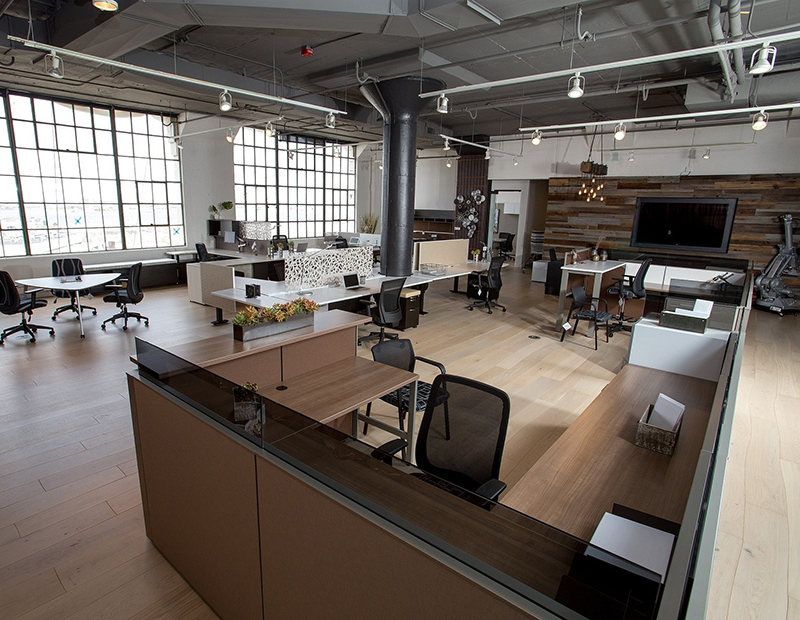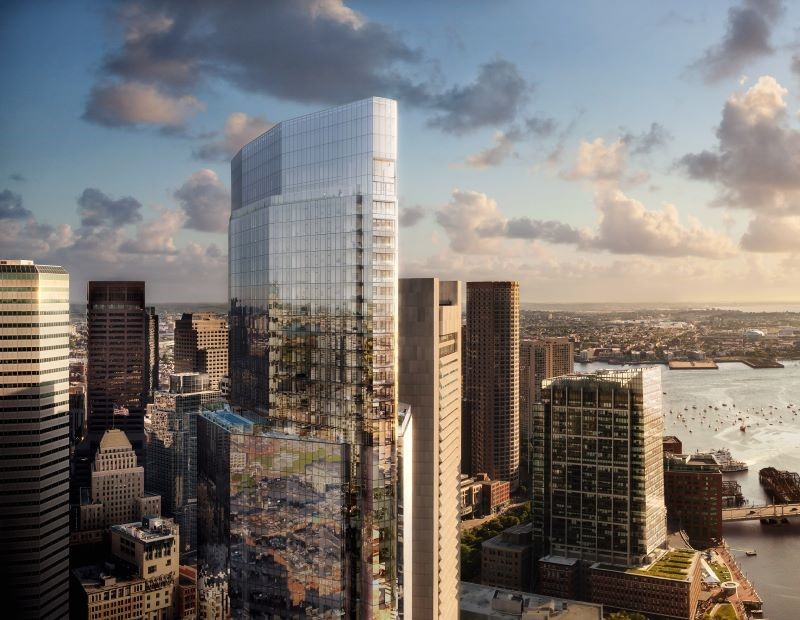Tomorrow’s Office to Be a Mix of Work Styles, Workspaces: JLL
The post-pandemic workforce will expect various workplace options, including work-from-home, third-party space and offices with both collaborative and solo workspace, the firm’s latest study shows.
Hybrid work will be the new normal of the post-pandemic workplace, according to JLL’s new report, Reimagining the Future of Work.
READ ALSO: The Big Shift in Space Planning: Experts Share Insights at the CPE-MHN Summit
In producing the report, JLL queried 2,033 office workers employed in all major industries across 10 countries. Spurred by the great percentage of office workers that have been forced to work remotely amid the pandemic, the workplace is now quickly transitioning to a mix of work locations and work schedules. According to the report, the amount of days worked remotely will likely double after the pandemic, going from 1.2 days per week before the crisis to 2.4 days.
The projection is based on the fact that 72 percent of respondents desire to continue working from home, with 66 percent of the group hoping to do so at least 2 days per week, and the conclusion that 26 percent prefer to work remotely on a full-time basis after the crisis. However, there will be no one-size-fits-all accommodation.
“Work-from-home won’t be the panacea for satisfying all work styles—24 percent of employees want to work exclusively in the office and 75 percent want some level of access to the office,” Flore Pradère, research director with JLL, told Commercial Property Executive. “This desire for a hybrid workplace exemplifies the shifting work styles that have emerged due to the pandemic, and employers must adjust their standards to meet these new preferences.”
Offering choices in the type of workspace when employees are not working from home will be key going forward. Fifty-seven percent of workers want a broader selection of workspace options while in the office, and 43 percent would like the option to work from a coworking facility occasionally.
New priorities
As noted in JLL’s report, the pandemic has compelled workers to evaluate which factors are most important in their work life when they are on-site at the workplace. Nearly 50 percent of survey participants placed a high priority on having access to both green space or outdoor space and areas that are conducive to collaborating with co-workers. On a micro level, a full 70 percent of respondents have determined that the office environment is more beneficial for working with teammates on complex issues and connecting with leadership, while working from home is more advantageous for concentration and mental breaks.
“As the purpose of the office evolves, the look and functionality of space will need to evolve as well. Offices will need to simultaneously offer spaces that are conducive to collaboration among employees while also developing new spaces dedicated to solo work,” Pradère noted. “Because the office will become more of a hub, it must also accommodate hybrid working patterns by introducing isolation spaces for independent work and technologies to support meetings with those co-workers who are working remotely at any given time.”
Office sector of tomorrow
With the transition to the hybrid workplace will come a change in the office sector itself. However, the change will have more to do with the design of office space than the demand for office space.
“The growing need and demand for more collaborative and solo spaces, along with a trend towards de-densification and a dispersed footprint will ultimately mean that the same amount of space—and potentially more—will be required to meet these new employee preferences wherever work happens,” said Pradère. “Working from home, in the office or at a third-party location each have their own advantages depending on the employee and their situation. The hybrid workplace of the future will have to be more human than ever before to support the diverse, changing needs and work styles of employees.”








You must be logged in to post a comment.